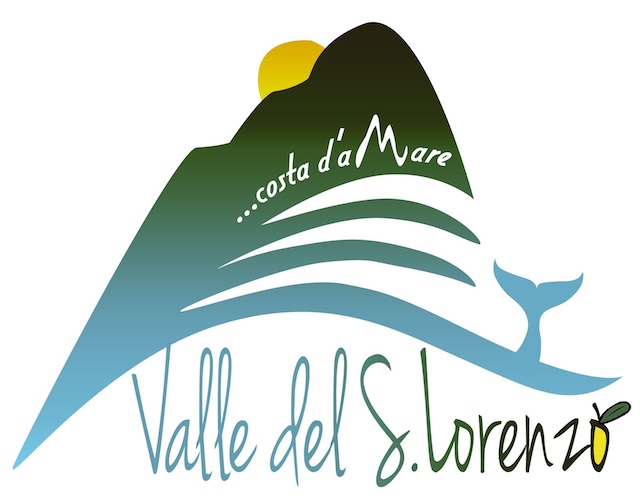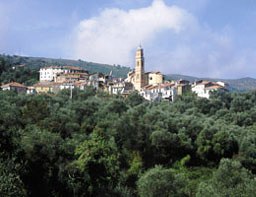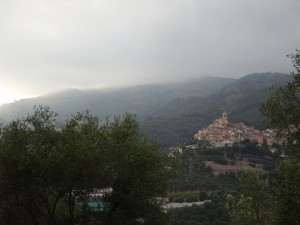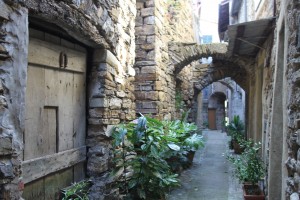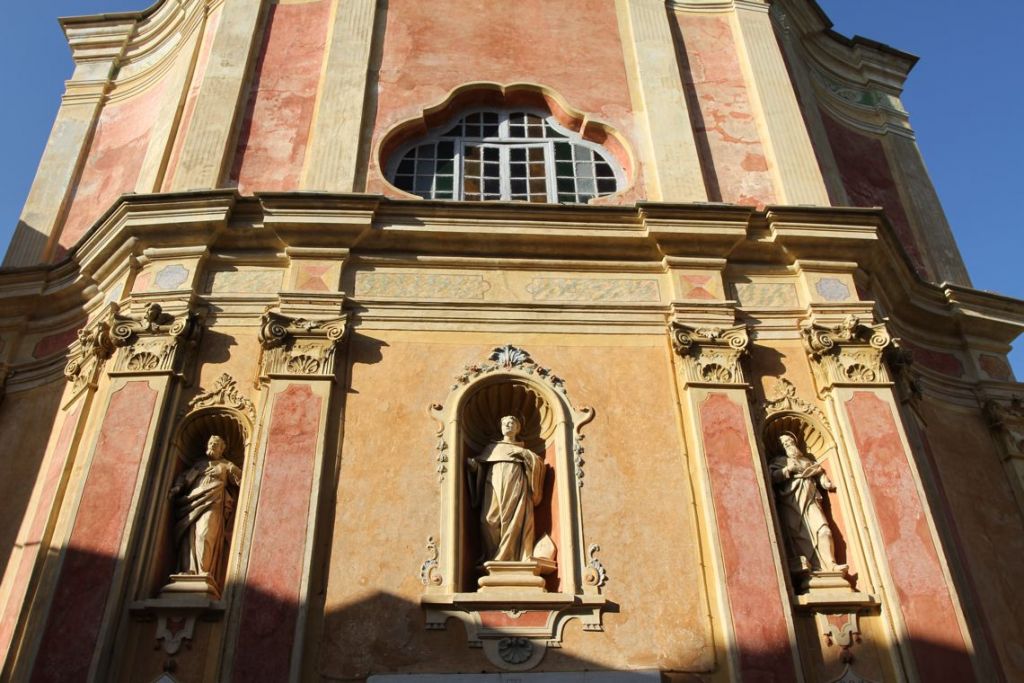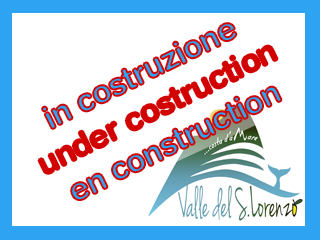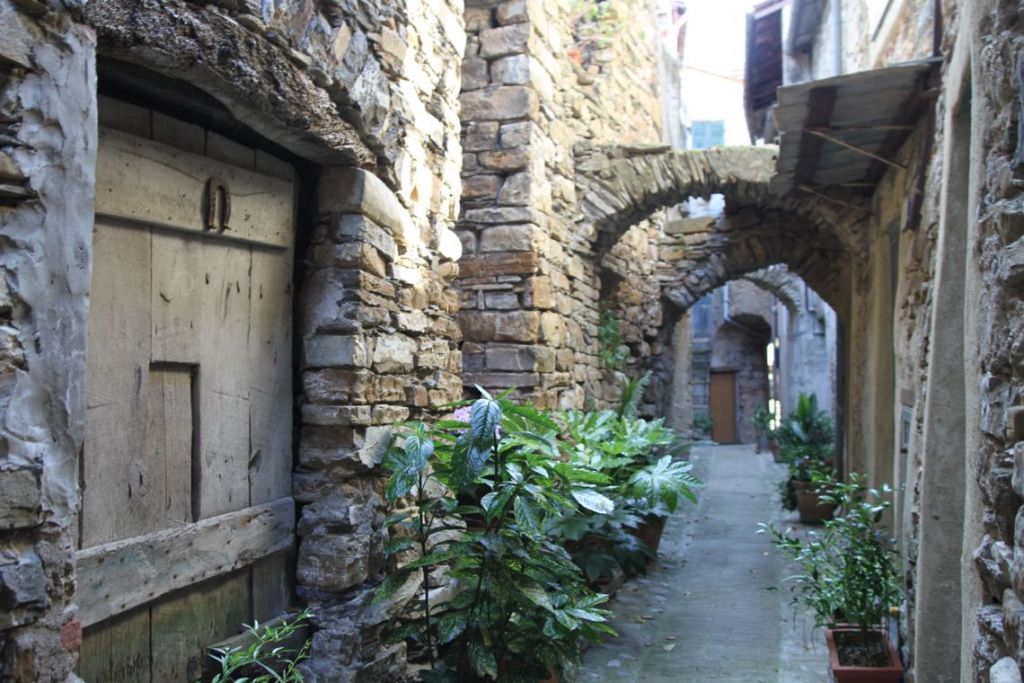Sleeping, immersed in the fronds of silver olive trees, aromatic herbs and shy splashes of lavender which open up into the shaded woods of the high valley, Boscomare (in the local dialect “Buscumà” or “Bushcumà”) is a hamlet in the mountain municipality of Pietrabruna.
A village as ancient as its county borough which stands in front of it, its origins dating back as far as the age of the Ligurians, of the highland castle on Mount Follia, of the settlement found on nearby Mount Sette Fontane and the Augustan Romanization (I century b.C. – I century A.D.). In those times, the hill was covered by dense woodland which, perhaps due to the treacherous nature of its vegetation and vastness, was named “bossomalo” or “boschomalus” (the “intricate, difficult woods” or “the great woods”).
An epithet, which only later on, when man had tamed the land, began to depict the charming image of a hamlet cradled by beautiful forests and lashed by the foam of the sea. Also in the case of Boscomare, however, the darkness of its history seems to thin down at the dawn of the 11th century, when the threat of Saracen invasions was avoided (around 972 a.d.) , in the cemetery site of San Siro (the first bishop and patron saint of the “Compagna” or Municipality of Genoa), within a territory relevant to the Episcopal pulpit of Genoa, arose the first religious building of the hamlet. Despite their numerous urban and religious similarities, the Tana river divided Boscomare and Pietrabruna and, with them their respective parish churches. A boundary which was simple to cross and which, nevertheless became an actual border in the second half of the XII century, when the Clavesana ceded lands and rights to the Lords of Lengueglia and the Communitas (or municipality) of Porto Maurizio. From that moment on, the destinies of the two hamlets changed considerably and as two sides of the same coin, on one side of the Tana river the “great and treacherous wood” of San Siro and of the Lengueglias, began to guard “the stone burned by the sun” of San Gregorio Magno and the municipality of Porto Maurizio.
The influence of the Lengueglias was deep and long-lasting enough to leave a permanent mark on the urban fabric of the centre, which was to develop around a civil and religious central reference point (piazza San Bernardo) and along the principal arterial roads directly connected to the San Bernardo alp, to the fief of the Lengueglia and beyond the Tana River, to Pietrabruna. Therefore it is of no coincidence that the main Medieval testimonies can be emblematically found in the oblique stripes of the coat of arms dominating the San Bernardo oratory architrave (1587-1597), which today is reused beside the main entrance of the Parish church.
The decline of the Lengueglias’ prominence and the immediate transition to the Republic of Genoa led to an unprecedented form of autonomy of the parish rank (1680) and to a heavy reconstruction of the religious buildings of the hamlet, culminating emblematically in the renovation of the San Bernardo’s Church (around 1770-1775). This was the Baroque period and, within a few decades, the hamlet was made an independent Municipality and in 1928 (during the fascist period) it was definitively united with the Municipality of Pietrabruna.
A characteristic village sheltered in the Ligurian inland, wrapped around the imposing parish church and protected by a 13th-16th century bastion, Boscomare still preserves the slow rhythms of its farming heritage and some enchantingly beautiful Baroque monuments and squares. A village of extra virgin olive oil, lavender, aromatic herbs, in a thick maze of small streets which cross the historical centre and open up to picturesque glimpses of art devoted to new generations.




